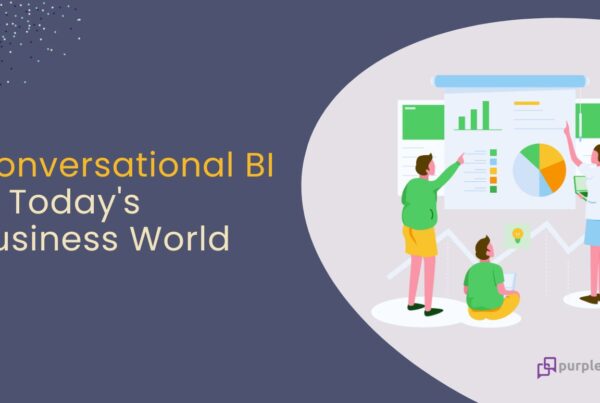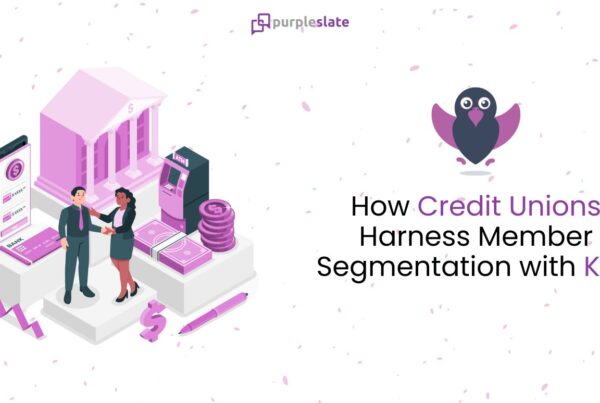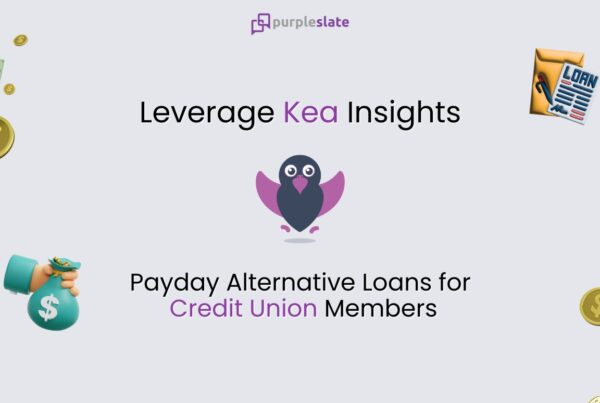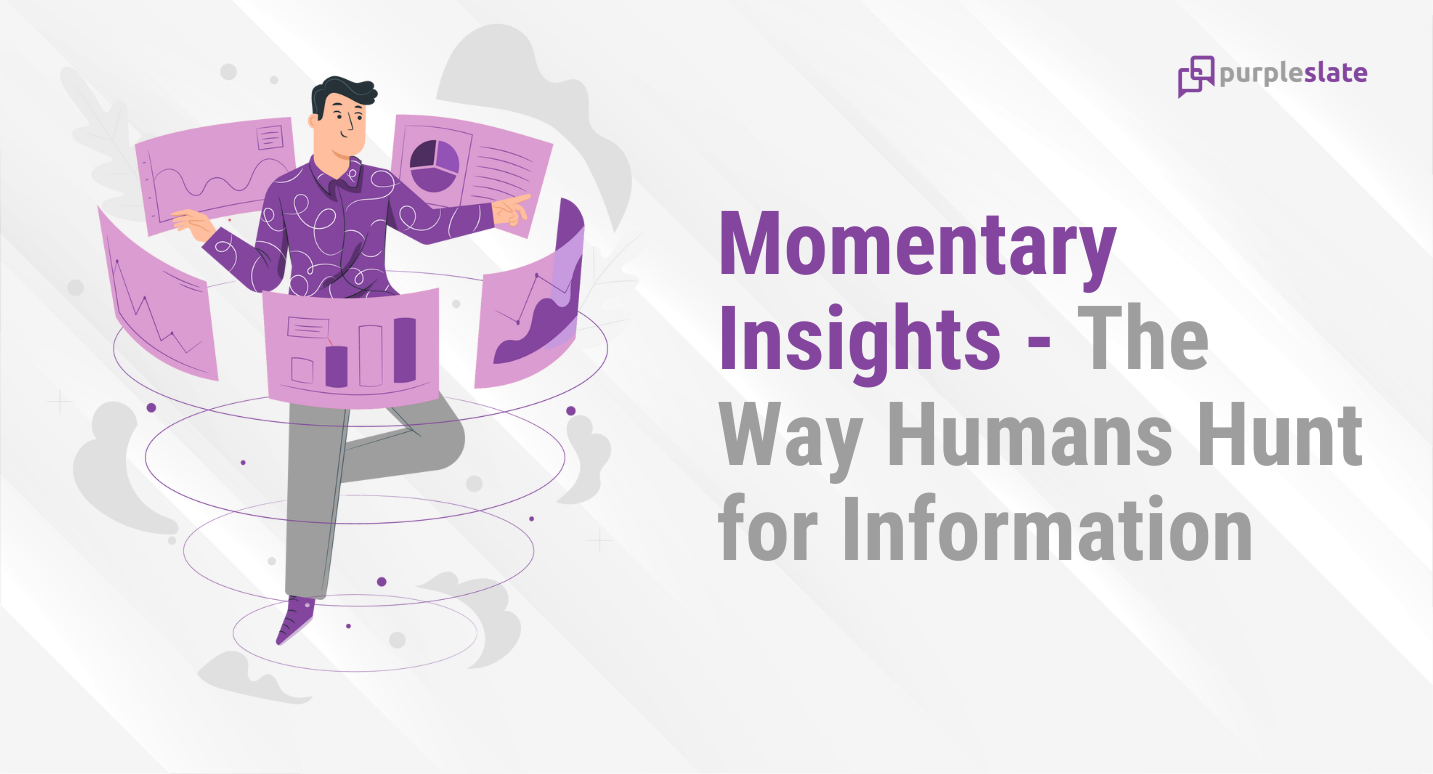
Introduction
Eat.
Sleep.
Google Search.
Repeat.
The world is moving towards this trend. There are no two ways about it.
And,why do people use search engines like Google, Bing, or your favorite one?
To look at the latest news, to know the directions to the nearest cafe, to know whether Italy has qualified for FIFA 2022, so many other things.
Simply, you use a search engine to get information.
What I would like to highlight is, an information boom happened at the beginning of this millennium. As the accessibility of information grew over the years, so did the search engines’ maturity. The biggest example is how Google evolved to use semantic search.
Suddenly, the power of information which was restricted to libraries, and held by a closed few became available. Research became an easier process, and the term “Informed Decisions” started to become the norm.
To demonstrate this, let me discuss a familiar example. Imagine the brand of car your grandfather would’ve used. It would be a Ford or a Chevrolet or a Buick and someone would’ve suggested that to your grandfather, or he would’ve heard an advertisement on the radio. Now, look at the car you’re using. Introspect how you arrived at that decision to buy that one. This is the power of improved information access.
But does this Information democratization come with a cost? Unfortunately, it does.
Houston, We Have a Problem (Information Overload)
Information overload (Infobesity) is the cost one has to bear with the brunt of information thrown at you. What is information overload? It’s the excess of information thrown at you during the hunt for answer.
To effectively demonstrate this, let me take you back to the previous example. The research you did before selecting your car. You would’ve started with a simple search like “Sedans under $15,000”. You would’ve slowly progressed by reading different brands, features, searching whether you should buy Japanese, or check out American and German cars. I’m betting that you would’ve spent at least a couple of months to find answers.
Now let’s shift the narrative from your personal life to your professional front. Instead of the example above, I want you to put yourself in the shoes of the marketing director of a famous jewelry store. You have been given the task of executing a campaign targeting a demographic of ages 45 and above, married, with a take-home income of at least $300,000 per year, from your existing database. When should you effectively start the preparations?
Given the current situation of cluttered data analytics practices, with data spread across ten different systems, I bet that you would’ve started planning at least a few months starting from collecting the data, crunching it, and then moving on to the strategy and execution.
Now for the most important question.
Be it on your personal front but more so on the professional front, you require time to plan and execute a task. Why should you be spending time hunting for insights and information?
The statistics from around the world are here and boy, it isn’t good! A Pew Research Center study found that 56% of Americans feel stressed keeping track of information collected. Which begs the question, why does information overload exist?
The Role of Psychology in Momentary Information Access
While learning about information overload, I also searched for some much sought-after solutions. I got a list of them. Right from managing the information consumed to taking micro-breaks, and staying hydrated. With due respect to all these solutions, one thing still doesn’t fit into this puzzle.
How can one battle information overload by changing one’s behavior? Or, a more direct question would be, how are you responsible for information overload? All the tips, solutions, and answers for battling information overload are fundamentally wrong because it has been produced from the assumption that the issue is at your end.
None of these solutions are addressing the core problem – The reason for information overload and how to navigate through it.
Remember, prevention is always better than a cure. Human behavior has evolved over years and there is sound psychology behind how humans search for information. There is a chronological order in which humans seek out information and they follow 3 major steps as illustrated below.
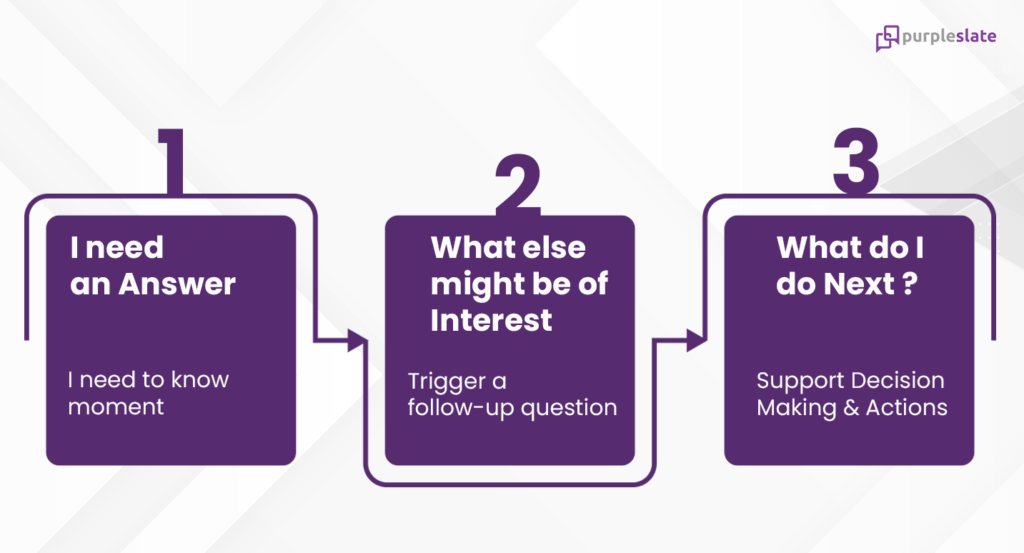
Let us reiterate, human psychology has matured over years of evolution and it simply can’t go wrong. They appreciate faster responses to momentary information needs as opposed to a lot of information thrown at them.
If the ways humans seek information are not wrong, then where’s the issue? The answer lies right in front of us.
Drumrolls please because I’m about to reveal the villain hiding in plain sight for so long.
The current stack of modern self-service data analytics platforms.
But to be fair, they started with the noblest of intentions. Somewhere, in the middle, they lost their heading. Is there a permanent solution for this?
Yes. Going back to your roots. Searching for a way to intuitively pick out insights in alignment with momentary needs. And that’s where we want to give our two cents.
It’s a Conversational World out There!
If you had noticed in depth the diagram displayed above, you would immediately notice one thing. All the hunt for information by humans (even in Google for that matter) always comes out as a question.
Taking a cue from the previous example of the marketing director, his questions would’ve been very simple.
“How many customers are there above the age of 45?”
“Which establishment do these customers frequent?”
“How many of them are married?”
Simple, straightforward questions. While data access is still technical, these managers suffer both in terms of time for execution and efficacy specifically because of delayed insights. That’s where we pitch the idea of conversational insights.
As opposed to the regular definition, we believe conversational insights is nothing but using natural language-driven conversations to derive actionable insights from your data. Conversational insights powered by Conversational AI, aim to remove existing complexities in information access by helping you, the information seeker to Talk to Your Data™.
The advantages of investing in conversation are many, but to give you a gist, Conversational Insights ensure,
- Ease of use: No prior training or technical expertise is required to derive insights. You just need to know how to ask questions about your data. The system makes sure that relevant insights are shown to you in different formats including visualizations.
- Insights, anytime: You don’t have to wait around for your data analysts anymore to get that dashboard. You can open your smartphone even in the dead of night and start getting relevant information. In the truest essence, power back to people!
- Enhanced Productivity: Across teams, functions, and the organization at large. Majorly because of the timely availability of insights. Every team will overdeliver including the data analytics function as they would be able to concentrate more on their core value-adding tasks.
Intrigued to know why Conversational Insights insights is the future of Business intelligence and how can it help your momentary information needs? Check out our webinar “Enabling Frontline Managers to Take Data-Driven Decisions with Conversational Insights”

